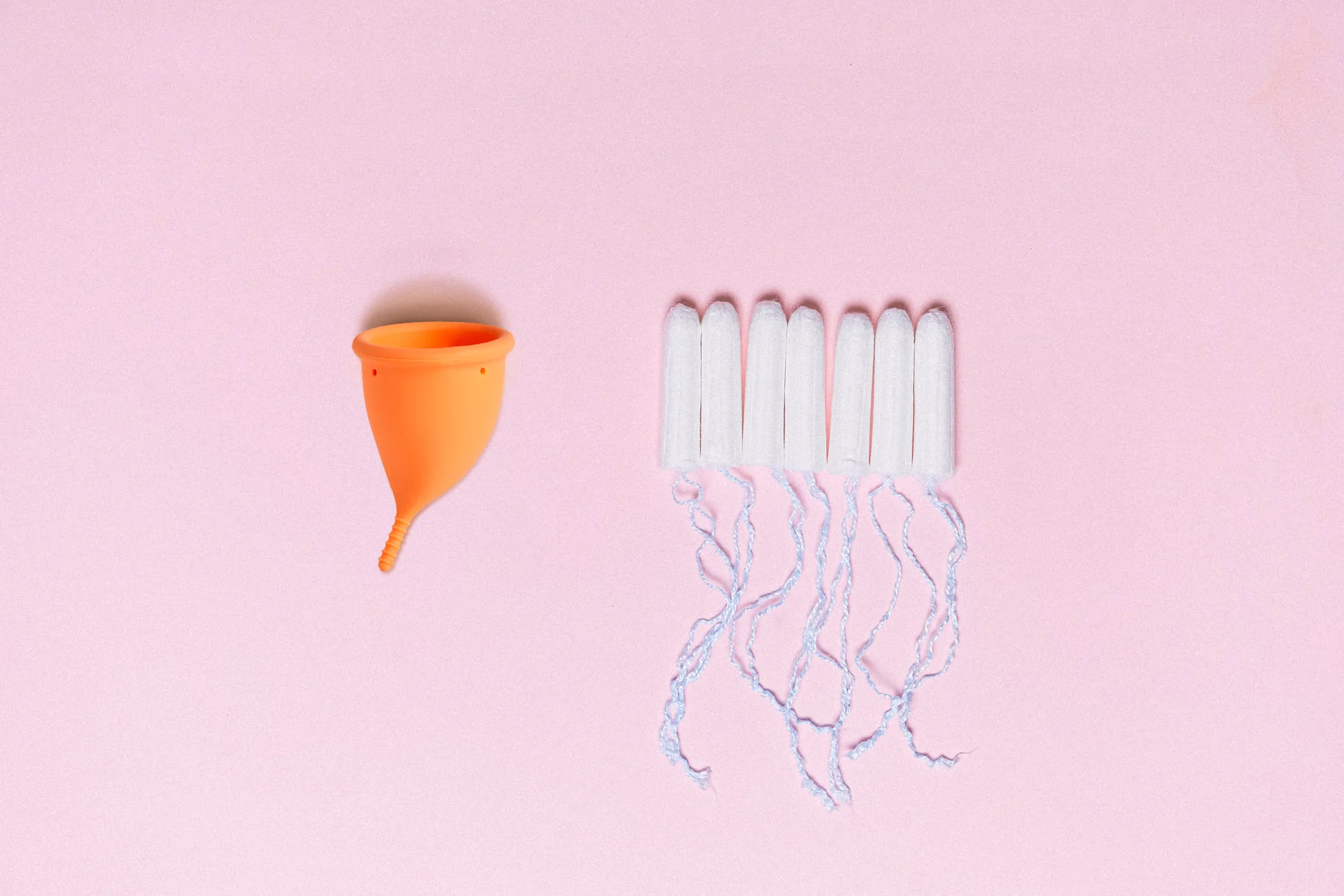
Why do I bleed heavily during my period?
4 de October de 2021
Although the risk of contracting Toxic Shock Syndrome has been minimized as much as possible, it has not yet been completely eradicated.
Although the first tampon was created in 1929, the first patent was issued in 1931. From that moment on, the demand experienced a remarkable increase due to its liberating impact: suddenly, women were able to work for hours without worrying about their periods, which strengthened female autonomy and helped prevent women from having to work for hours without worrying about their periods.
In the late 1970s, the first patent was created, and tampons began to be marketed. These tampons were made from synthetic fibers and had a high absorption capacity, which led to many cases of toxic shock syndrome during that time. Tampons were withdrawn from the market in 1980, and brands began producing products that were safer, less absorbent, and made with cotton. These events also raised awareness among women about their menstrual hygiene, leading them to change tampons 3–4 times a day. Although the risk of contracting Toxic Shock Syndrome has been minimized as much as possible, it has not yet been completely eradicated.
TOXIC SHOCK (TSS)
T.S.S. or Toxic Shock Syndrome is a serious illness caused by bacteria, most commonly Staphylococcus. The first cases of toxic shock syndrome described affected women who were using superabsorbent tampons during their menstrual periods. However, today less than half of the cases are associated with tampon use.
Symptoms of S.S.T. begin suddenly and worsen rapidly. They include:
- Fever
- Flu-like symptoms; headache, chills, exhaustion, body aches, sore throat, cough, coughing
- Diarrhea
- Sunburn-like rashes
- Vomiting
- Dizziness
- Fainting
- Redness of lips, tongue and eyes
- Difficulty breathing
- Confusion
MENSTRUAL CUPS X TAMPONS
1. Dryness
❌ Tampons absorb not only menstrual flow but any type of flow it comes in contact with, which can cause vaginal dryness problems.
✅ The Menstrual Cup only collects your blood and therefore does not dry out and does not interfere with your vaginal flora.
2. Bad Odor
❌ Tampons absorb menstrual flow, which over the hours leaks to the ends, especially on the outside, which can cause odor.
✅ Since the cup only collects blood, it does not generate any type of bad odor.
3. Bleaching agents such as chlorine or bleach
❌ Some tampons are bleached with chlorine or bleaches and these substances are harmful to our bodies in the long run.
✅The PapayaCup menstrual cup is made of 100% medical silicone. It is hypoallergenic and therefore 100% safe for body tissues. It is antibacterial, latex and toxin free.
Waste generator
❌ Tampons and menstrual pads generate a lot of waste, it is estimated that a woman throws away 234 tampons or pads a year. Imagine how much that would be during our entire fertile life.
✅ The PapayaCup Menstrual Cup can last you between 5 and 10 years.
There are few cases in which the cup is associated with toxic shock, but that does not mean that it cannot occur. The cup should not be used for more than 12 consecutive hours without emptying it.
PRECAUTIONS
There are few cases where the cup is associated with Toxic Shock, but that does not mean it cannot occur. The cup should not be used for more than 12 consecutive hours without emptying it. Blood accumulated for more than 12 hours creates an ideal environment for bacterial growth, and this can result in a serious infection such as Toxic Shock.



